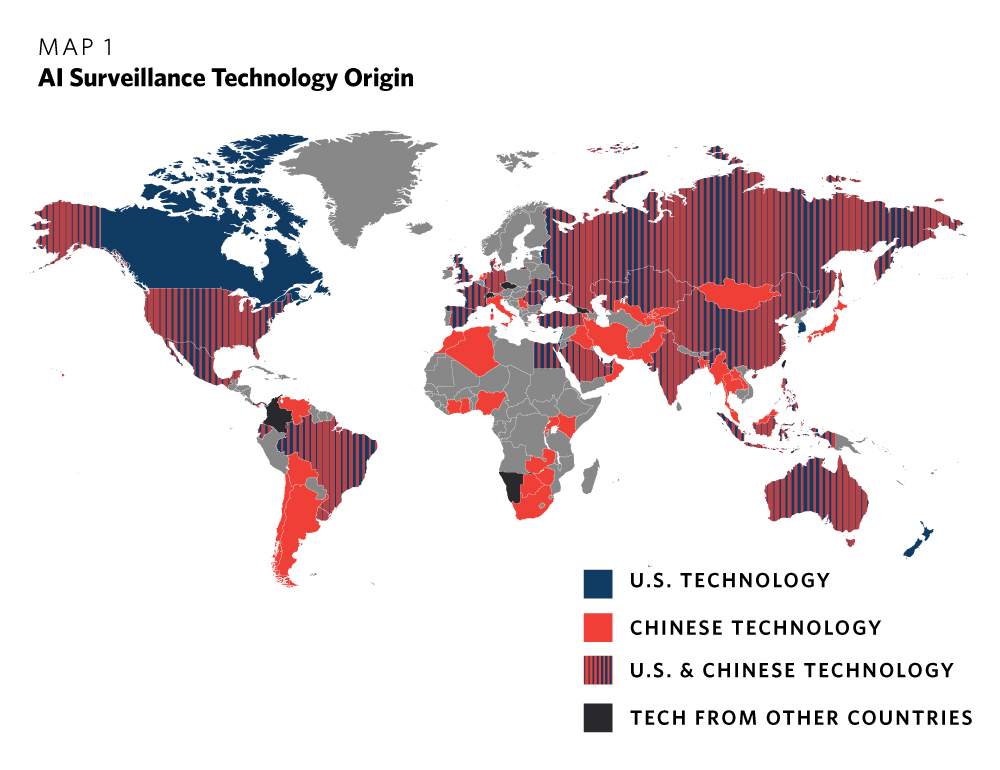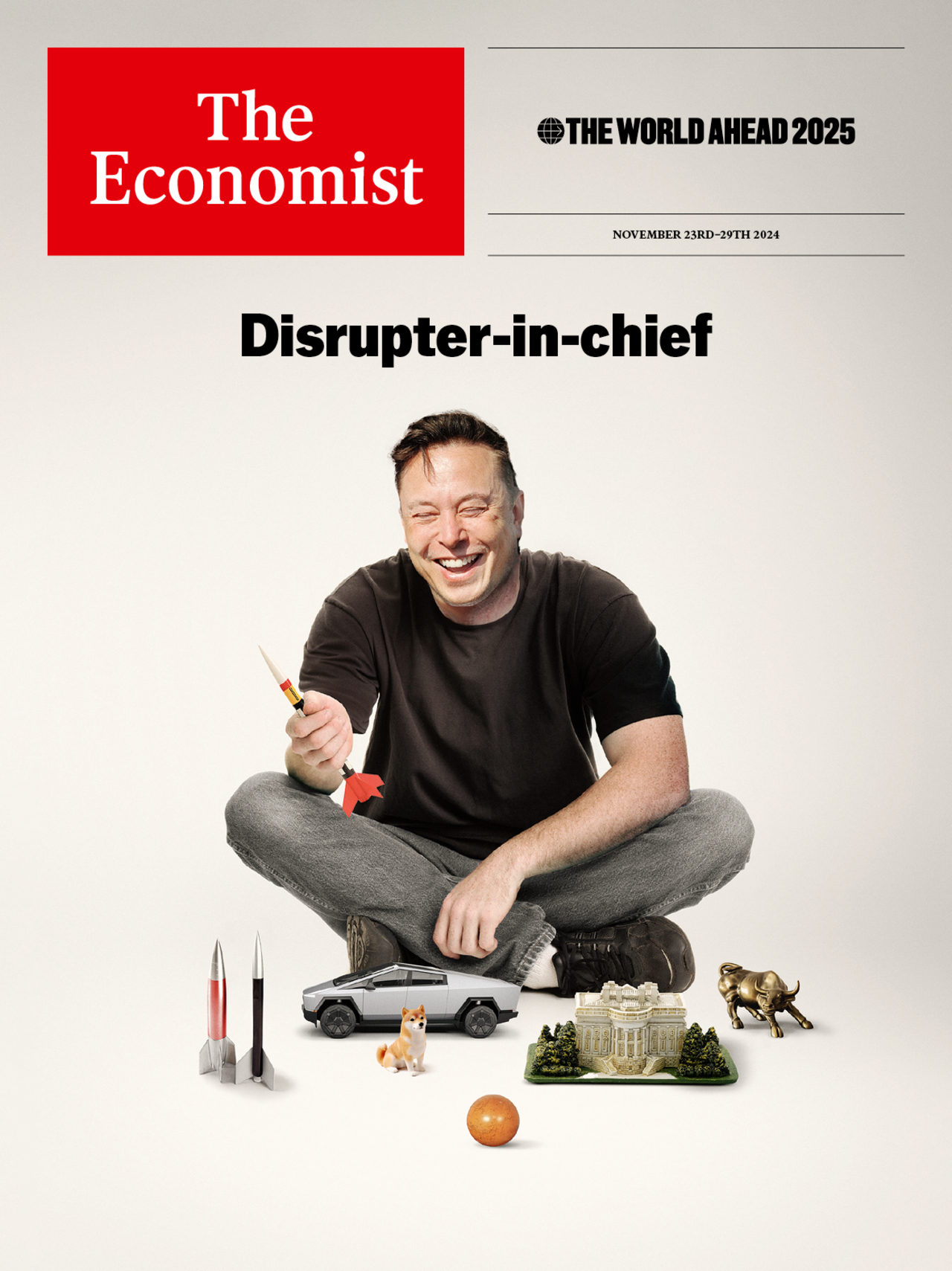
Industry Response to Emerging Technologies: From AI Misuse to Semiconductor Security
The rapid evolution of technology has brought with it remarkable advancements, but also significant challenges. As new tools and methodologies emerge, the legal and ethical frameworks that govern their use struggle to keep pace. Recent incidents highlight the pressing need for updated legislation, particularly concerning artificial intelligence (AI) and national security in semiconductor technology.
The Dark Side of AI
The case emerging from Baltimore County underscores the urgent necessity for legislative reform as law enforcement officials press charges against a local athletic director for allegedly using AI to fabricate a racist audio recording. This incident represents a worrying trend where AI technology is weaponized to create discord and disrupt communal harmony.
“As we continue to embrace emerging technology and its potential for innovation and social good, we must also remain vigilant against those who will abuse it with malicious intent,” said Baltimore County Executive Johnny Olszewski during a recent press conference.
The alleged perpetrator, Dazhon Darien, reportedly generated audio that impersonated the school principal, Gary J. Stauffer, which led to a federal investigation and serious ramifications for the school community. Scott Shellenberger, the Baltimore County State’s Attorney, expressed his concern over the inadequacy of current laws to address such issues.
This case may be one of the first of its kind, illustrating the urgent need for regulations that specifically address AI-generated content and its potential for harm. Delegate Kathy Szeliga echoed this sentiment, emphasizing that existing laws are insufficient to combat the misuse of AI technologies that can lead to defamation and public panic.
A troubling example of AI misuse in education
Semiconductor Security: National Implications
In parallel, the U.S. government has been making headlines for its ongoing efforts to secure semiconductor technology against international threats. A recent unsealed indictment charges two Chinese nationals with conspiring to export advanced semiconductor equipment illegally. The defendants, Lin Chen and Han Li, attempted to acquire technology that could enhance semiconductor manufacturing operations in China, particularly through a company on the U.S. restricted entities list, Chengdu GaStone Technology Company.
The implications of this case extend far beyond legal consequences for the individuals involved; they touch on the very heart of national security. The technology at the center of the indictment—a diamond scribing machine vital for thin semiconductor production—represents the cutting-edge of current fabrication techniques. The heightened control over semiconductor technology is indicative of broader geopolitical tensions surrounding tech dominance between the U.S. and China.
Robert Tripp, FBI Special Agent in Charge, highlighted the department’s commitment to preventing illegal exports that compromise national security, emphasizing the critical nature of maintaining technological superiority.
The Call for Legislative Action
Both issues illustrate a critical moment in technology governance. As AI becomes increasingly integrated into society, the potential for misuse grows exponentially. State and federal lawmakers are being urged to revisit existing laws to establish clearer guidelines around the use of AI technologies. This includes toughening penalties for abuses that result in significant societal harm, as proposed by Scott Shellenberger, who advocates for stiffer sentences for those disrupting educational environments.
In the context of semiconductor security, maintaining a strict regime for exports reflects a growing awareness that technological capabilities can translate into geopolitical leverage. The safeguards put into place are essential not only for economic reasons but also for preserving national security in an era defined by rapid technological advancement.
Protecting semiconductor technology is key to national security
A Framework for the Future
The growing need for updated legislation reflects a broader requirement for more robust frameworks capable of accommodating emergent technologies. As illustrated by the actions taken in Baltimore and the semiconductor indictment, the stakes are incredibly high. The implications of technological misuse affect not just individuals, but entire communities and nations.
Both local governments and federal authorities must collaborate extensively to craft laws that effectively address the unique challenges posed by AI and semiconductor technology. Solutions might include introducing specific regulations governing AI-generated content, enhancing penalties for malicious uses of technology, and reinforcing export control laws to safeguard national interests.
As we navigate this new digital landscape, it is crucial to foster a balance between innovation and protection, ensuring that technology serves to uplift rather than undermine our societal structures.
The future of technology is fraught with challenges and opportunities
Conclusion
The stories coming out of Baltimore County and the semiconductor indictment are symptoms of a larger systemic issue: how societies adapt legal frameworks to ever-evolving technologies. Lawmakers must take proactive measures to ensure regulations keep pace with technological advancements, thereby protecting individuals and preserving national security. Only through rigorous legislative action can we hope to harness the benefits of technology while shielding our communities from its potential dangers.















